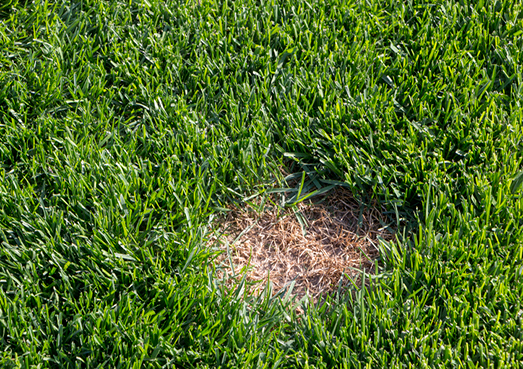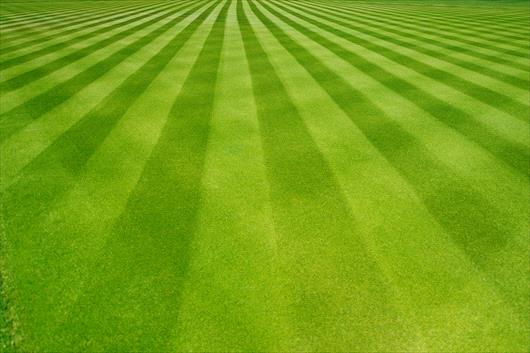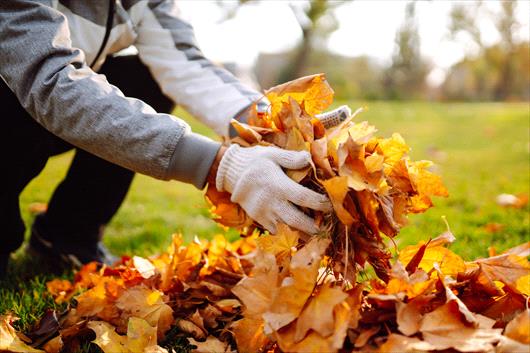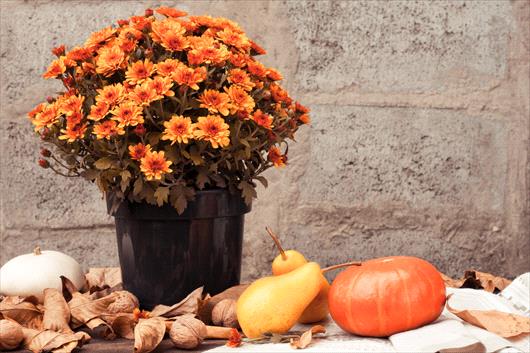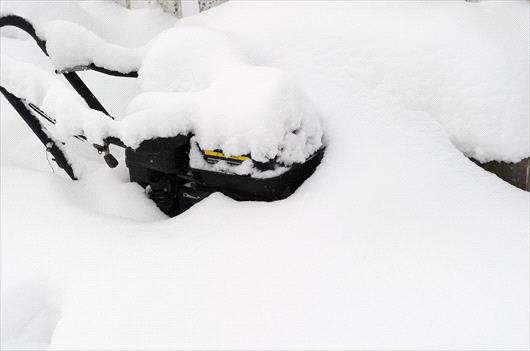Your Cart

What Is a Sedge?
Aug 13, 2024
There are more than 2,000 species of plants categorized in the genus Carex, meeting the qualifications of a “true sedge.” Many of these varieties of sedges – like evergold sedge, Everillo Japanese sedge, leather leaf sedge, blue sedge, and more – are used for ornamental landscaping purposes. However, in the context of North American lawns, the sedge we’re most concerned with is nutsedge (also called “nut grass”). Some of the same characteristics that make some species of sedge ideal for ornamental planting actually make nutsedge an insidious lawn pest!
In general, the most common weeds plaguing North American lawns can be grouped into three categories: broadleaf weeds, grassy weeds, and sedges. Broadleaf weeds (like dandelions and clover), grassy weeds (like crabgrass), and sedges (like nutsedge) look and behave very differently, which means the methods used to control them will differ as well.
Recently, we took a closer look at broadleaf weeds and grassy weeds. Today, we’re exploring sedges – and what to do about them!
Characteristics of Nutsedge
Often mistaken for turfgrass grass or grassy weeds, nutsedge can be distinguished by its growth habit, light green colour, and rapid growth rate, resulting in a non-uniform turf. Nutsedge leaves are thicker and stiffer than most grasses and are arranged in sets of three at the base, growing from triangular stems. Nutsedge thrives in warm and humid climates, and the presence of nutsedge in your lawn may indicate poor drainage or poor watering practices.
There are many different varieties of nutsedge, but yellow nutsedge and purple nutsedge are the most common throughout North American lawns. The main difference between the two is that yellow nutsedge has light brown flowers and seeds, while purple nutsedge has reddish flowers and dark brown or black seeds.
Both yellow and purple nutsedge are perennial plants that usually die back in the fall as the temperatures decrease. The nut-like tubers (from which nutsedge gets its name) and rhizomes of the plant survive in the soil to sprout the next spring. These tubers are usually situated in the top six inches of the soil and can remain dormant for up to three years before germinating.

Controlling Nutsedge
Nutsedge’s deep root systems and long germination period make it difficult to control. Because it can outcompete desirable plants for water and nutrients, impacting lawn aesthetics with its coarse texture, nutsedge is considered a nuisance in lawns, gardens, and agricultural fields. Proper identification and targeted management are vital for a healthy lawn.
An effective way to control small infestations of Nutsedge is by pulling individual plants by hand and repairing these areas with desirable grass seed varieties or sod. If the infestation is larger, professional nutsedge control may be necessary. Effective nutsedge control requires managing tuber numbers and production, occasionally requiring chemical interventions in widespread infestations. Ask your local Weed Man for treatment recommendations customized to the needs of your lawn!
A Healthy Lawn Is the Best Defense
A thick, healthy, well-maintained lawn is always the best line of defense against weeds like sedges and other harmful lawn conditions, like disease and pests. In addition to your weed control program, a healthy lawn can be achieved through beneficial cultural practices, which include:
Core Aeration: Aerating your lawn can improve soil drainage and help reduce the likelihood of lawn diseases. This will also alleviate soil compaction and allow water and nutrients to penetrate deeper into the soil.
Fertilization: Regular applications of Weed Man’s specially formulated, slow-release granular fertilizer will help provide your lawn with adequate nutrients. These applications are timed specifically to avoid over fertilizing the lawn.
Watering: Under normal circumstances, you should be watering your lawn a few times per week for 30-45 minutes in each area. During hot and dry periods, most lawns should be watered as much as required to maintain its desired green colour. Always water in the early morning so the turf has time to dry by nightfall.
Mowing: Maintain a regular mowing schedule with a razor sharp blade. Never remove more than a ⅓ of the grass blade at each mowing.
Find a Weed Man near you and get a free quote today!
 English (USA)
English (USA) Français (CANADA)
Français (CANADA)
